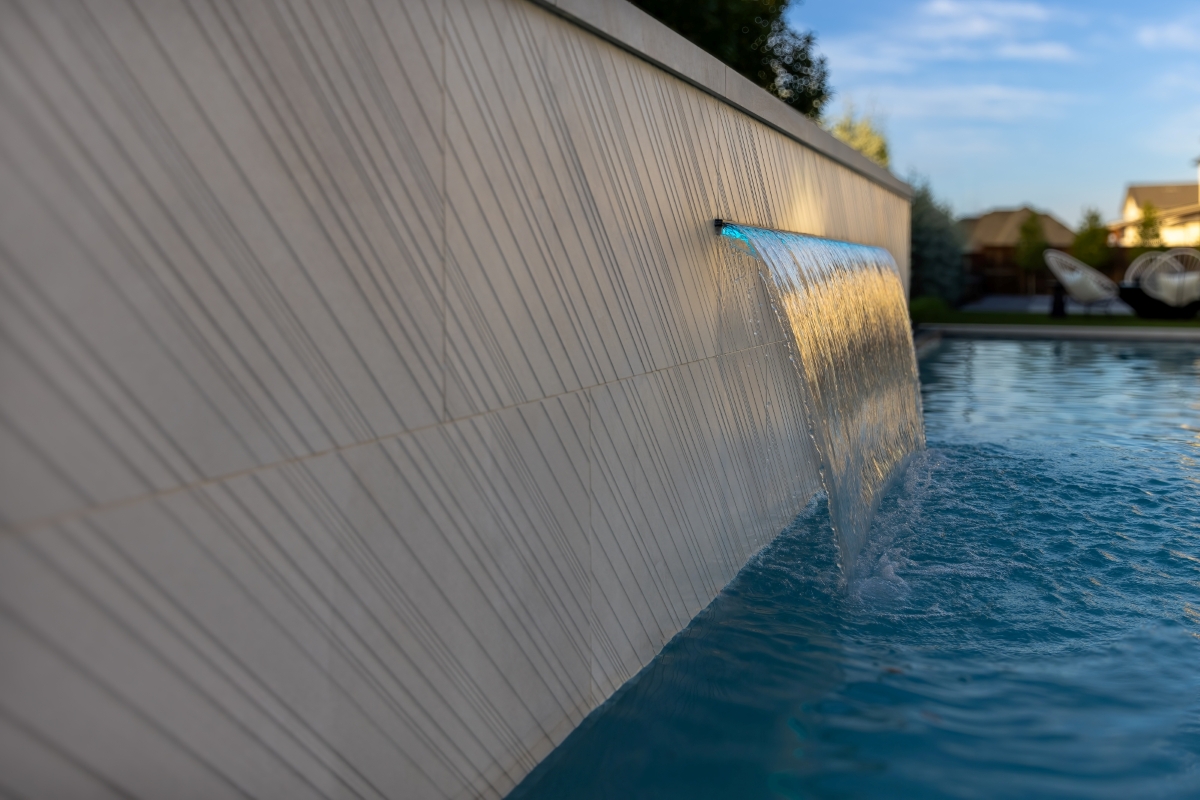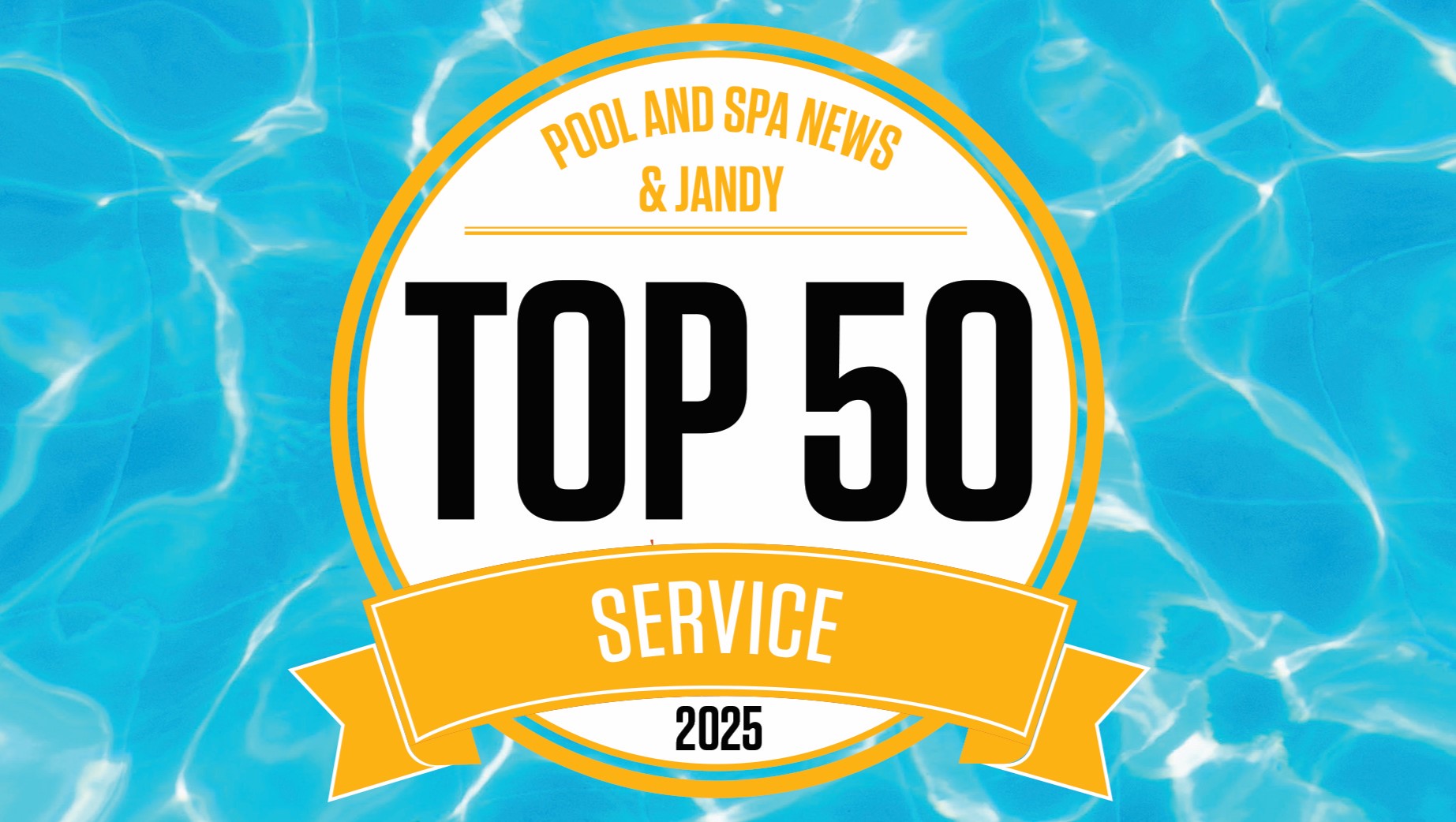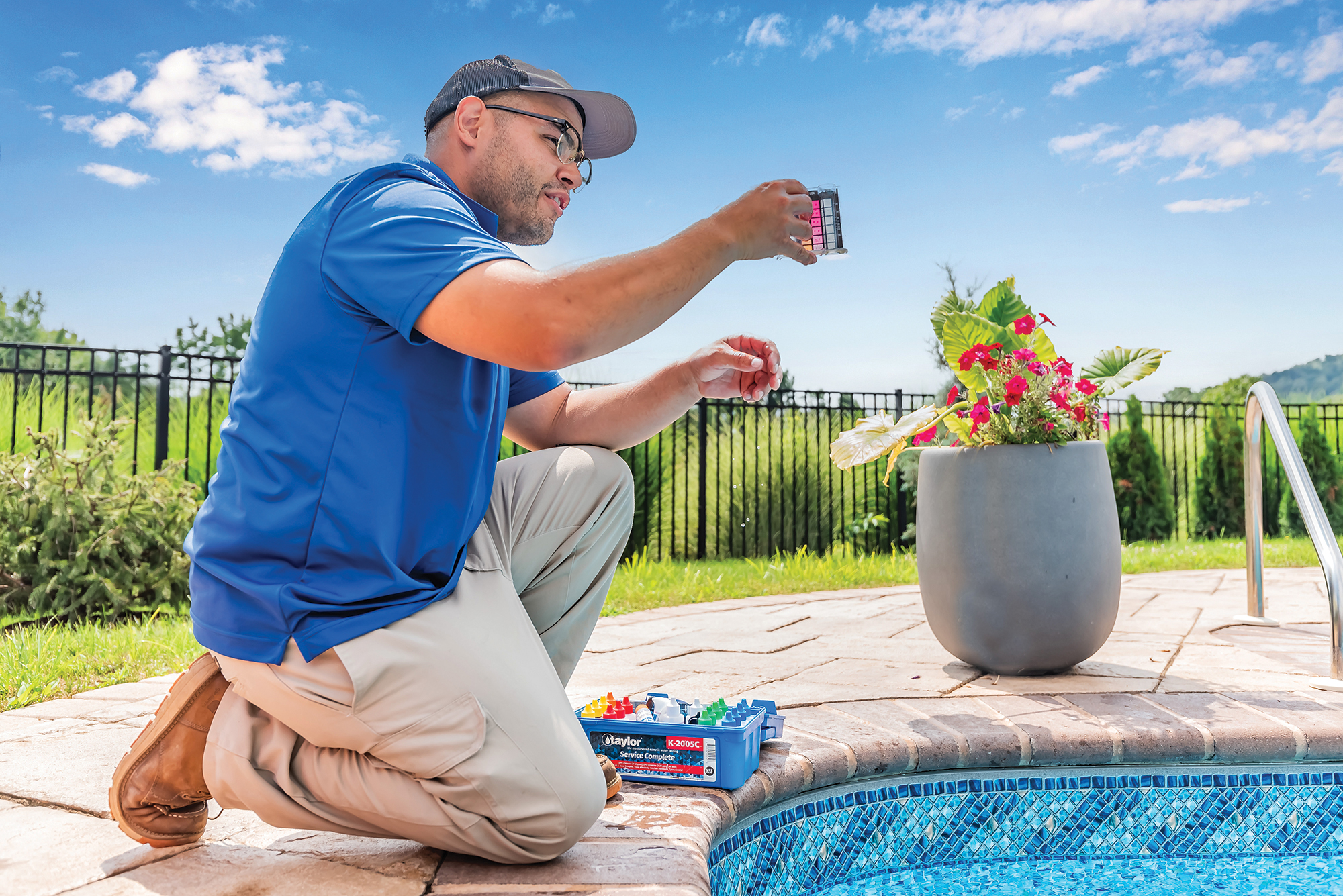Back in the 1990s, right after I had kids, I was a children’s pastor in Seattle, in a bad neighborhood. It had a lot of Section Eight housing, and our church was right next to a Section Eight complex.
Being a children’s pastor meant we did Sunday school activities, we had church on Monday for prayer, we had mid-week church on Wednesday, and then we had church on Sunday. So we had church kids — nice, little well-mannered kids whose parents were helping them with life’s struggles. Then right next to us, we had a housing complex with a lot of drugs and a few moms who were turning tricks. They would kick the kids out, so the kids would play in the parking lot at our church.
We tried to get them out of the street and into the church. But we had issues because here we had our church kids, raised by church parents, and then we had children who were a little wild and lost, weren’t respectful and showed a lot of anger energy.
Video integration
My dilemma was trying to figure out how to bridge the gap between the groups of children while doing something productive. I graduated from University of Texas at Austin in video production, and I wanted to do something with that. So we created a program called “Kid Power USA.” It demonstrated practical living skills, because we knew some kids never made their bed, didn’t know how to make a healthy snack, and didn’t have a vision for what they could be when they grew up. They weren’t exposed to motivational
principles, leadership principles — all those important things we try to instill in our children to help them succeed.
I and four volunteer staff moms worked on it. I produced and scripted it. I had a volunteer editor and a mom who dressed the kids in costume.
It was a 30-minute show with 2-minute segments that addressed everyday life skills. The kids played special characters. One girl was Miss Manners, and she would teach that if you burp, cough or sneeze, cover your mouth. Toby would go out and help us learn about what we could be when we grew up. Another kid was Coach Motovator, and he told personal empowerment stories.
It actually became pretty successful. We won a national award for our efforts.
Positive outcomes
It was pretty powerful to make those kids feel successful and worthy of an award. They are now adults and new parents. A couple went on to work for Disney, playing different characters. One became a dancer for a national organization.
The work helped me, too. Part of that came from watching people’s personalities — finding their natural bent and sources of happiness — then creating an opportunity for them to succeed and have fun. I really learned about putting people in the right role based on gifts and skills.
When I joined the pool and spa industry, I was told, “You have distributors, manufacturers, builders, service techs and retailers. They all have different perspectives and needs.” These groups are like different river streams almost, and to be able to work with them and pull them together to create things in the industry with them is great. I was able to connect people with different backgrounds and put programs together where everybody wins. I think that’s what I learned from my earlier job. I’m still doing that now, and that’s what I love.



